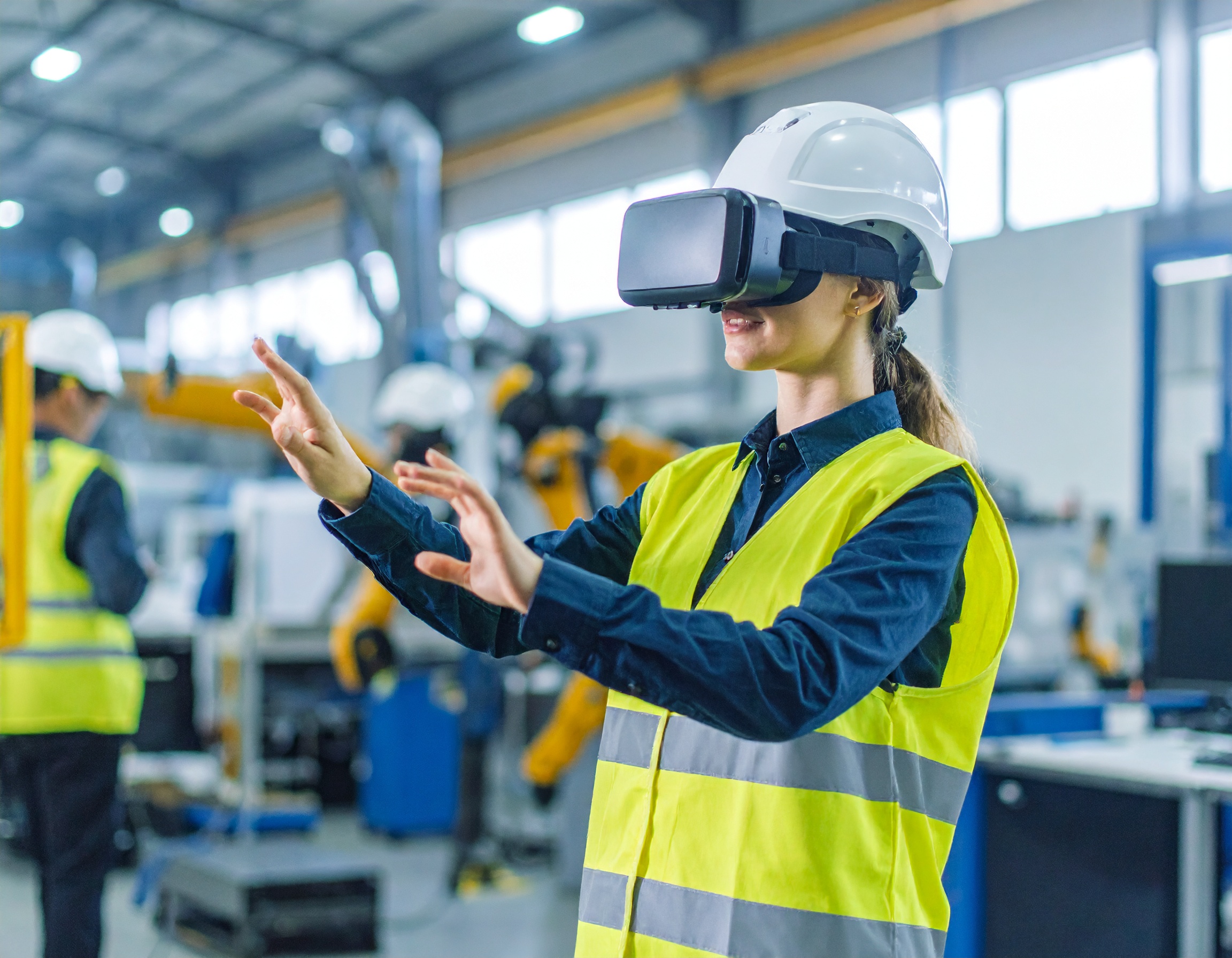Enhancing Industrial Training with AI-Powered Gesture Recognition in VR
AI gesture recognition VR is changing the way people learn hands-on skills in industries. With simple hand movements, users can now control objects or actions inside virtual environments without needing a controller or touchpad.
This is especially useful in industrial training VR, where precision matters and real-world conditions are hard to recreate. When combined with motion tracking, it allows users to carry out tasks naturally, like turning a valve or lifting a virtual object, with gestures that feel intuitive. Moreover, this method closely mimics real actions thereby helping workers remember and repeat what they learn more accurately.
Making VR Training Simulations More Practical and Engaging
VR training simulations help workers experience on-the-job situations without any real risk. Instead of sitting through long lectures, trainees can interact with realistic scenarios and make real-time decisions.
By using AI gesture recognition VR, these simulations become more lifelike. It removes the need for physical controls and lets users respond naturally. The result? Less time spent learning how to use the system and more time practicing actual job tasks.
Natural User Interfaces and Hands-Free Learning
Natural user interfaces help bridge the gap between human movement and digital actions. Think of it like using your hand to point, grab, or signal, and the system understanding what you mean without pressing buttons, thereby reducing the cognitive load in human-computer interaction.
So, when these interfaces combine with hands-free VR, they create a more comfortable experience. Workers can move around freely, repeat tasks, or even pause and get help, all without needing external devices. This setup works especially well in factory and warehouse environments where people wear gloves or safety gear.
For example, a maintenance worker using a VR headset to practice machinery repair can use hand gestures to rotate components, access repair steps, or signal faults without ever removing their gloves or reaching for a controller.
How does it impact Skill Development in India?
Many young professionals and students in India are entering fields where practical experience is key. But building physical training labs for every machine or scenario isn't always possible. That's where immersive workforce learning steps in.
A Smarter Way to Learn with Your Hands
By combining AI gesture recognition VR, hands-free VR, and natural user interfaces, companies are creating training tools that actually feel like work. For those focused on skill development and immersive workforce learning, this approach makes learning less about theory and more about doing because that is just the way it should be.
Kavita has been adept at execution across start-ups since 2004. At KiKsAR Technologies, focusing on creating real life like shopping experiences for apparel and wearable accessories using AI, AR and 3D modeling


